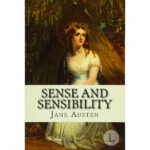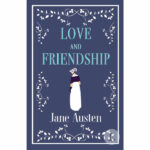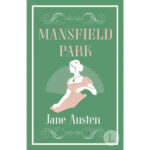Pride and Prejudice, a classic novel by Jane Austen, is a timeless and engaging story that explores themes of love, marriage, societal expectations, and the human capacity for growth and self-awareness. Set in the early 19th-century English countryside, the novel centers on the lives and experiences of the Bennet family, particularly the intelligent and spirited Elizabeth Bennet, as they navigate the complex social hierarchy and the challenges of finding suitable husbands for the five unmarried daughters.
BOOK INFO
version: CLASSIC, EBOOK, AUDIOBOOK
number of pages: 300
literary movement: ROMANTICISM
literary genre: ROMANCE
1st edition: 1813
years of writing: 1796 - 1813
SUMMARY
The story begins with the arrival of the wealthy and eligible bachelor, Mr. Charles Bingley, and his equally wealthy but brooding friend, Mr. Fitzwilliam Darcy, in the small village of Longbourn. Bingley’s presence sparks excitement and speculation among the local residents, particularly Mrs. Bennet, who is determined to see her daughters married off to men of fortune and status. As the story unfolds, the lives of the Bennet family become increasingly intertwined with those of Bingley, Darcy, and their respective social circles.
Austen masterfully weaves together multiple narrative threads, creating a rich and intricate tapestry of romance, misunderstandings, and social commentary. At the heart of the novel is the tumultuous relationship between Elizabeth Bennet and Mr. Darcy, whose initial impressions of one another are colored by their respective pride and prejudice. Over the course of the story, they are forced to confront their own flaws and misconceptions, ultimately coming to a greater understanding of themselves and each other.
In addition to the central romance, Pride and Prejudice explores a variety of themes, including the societal expectations placed on women, the pitfalls of judging others too quickly, and the importance of personal growth and self-awareness. Through the novel’s diverse cast of characters, Austen offers a biting critique of the class system and the often superficial values that govern society.
The novel is renowned for its wit, charm, and keen observations of human nature, as well as its memorable and complex characters. Austen’s engaging narrative style and her ability to capture the nuances of social interactions make Pride and Prejudice a captivating and enduring work of literature.
MAIN CHARACTERS
Elizabeth Bennet
The intelligent, quick-witted, and spirited protagonist of the novel, Elizabeth is the second eldest of the five Bennet sisters. She has strong opinions and is known for her wit and keen observations of people around her. She is determined to marry for love rather than financial security.
Mr. Fitzwilliam Darcy
A wealthy, reserved, and proud gentleman, Darcy initially comes across as arrogant and disdainful. As the novel progresses, he undergoes significant character development, revealing a kinder, more compassionate side.
Jane Bennet
Elizabeth’s beautiful and kind-hearted elder sister, Jane is the most reserved of the Bennet siblings. She falls in love with Mr. Bingley but faces obstacles due to their differences in social class.
Mr. Charles Bingley
A wealthy and amiable gentleman, Bingley rents the nearby estate of Netherfield Park. He falls in love with Jane Bennet but is initially dissuaded from pursuing her by his friend, Mr. Darcy, and his sisters.
Mr. Bennet
The patriarch of the Bennet family, Mr. Bennet is an intelligent but somewhat sarcastic man who takes pleasure in teasing his wife and daughters. He has a particular fondness for Elizabeth due to her sharp wit.
Mrs. Bennet
A somewhat frivolous and excitable woman, Mrs. Bennet is primarily concerned with marrying off her daughters to wealthy men. Her lack of discretion and tendency to gossip often embarrasses her family.
Lydia Bennet
The youngest and most immature of the Bennet sisters, Lydia is obsessed with flirting and socializing with officers. Her impulsiveness and lack of judgment lead to a scandal that puts the family’s reputation at risk.
Kitty Bennet
The fourth Bennet sister, Kitty is heavily influenced by her younger sister Lydia and shares her love for officers and social events.
Mary Bennet
The middle Bennet sister, Mary is a bookish and pedantic young woman who takes herself too seriously and often fails to connect with others.
Mr. George Wickham
A charming and manipulative officer, Wickham has a troubled past with Mr. Darcy. He is initially liked by Elizabeth but is later revealed to be untrustworthy and deceitful.
Mr. William Collins
A pompous and obsequious clergyman, Mr. Collins is a distant cousin of Mr. Bennet and the heir to the Longbourn estate. He proposes to Elizabeth, who rejects him.
Lady Catherine de Bourgh
Mr. Darcy’s wealthy and haughty aunt, Lady Catherine is determined to maintain social distinctions and disapproves of Elizabeth’s relationship with Darcy.
I must learn to be content with being happier than I deserve.
JANE AUSTEN
TOP 10 POINTS
- Social Class and Marriage: Pride and Prejudice explores the importance of social class and its impact on marriage during the early 19th century in England. The novel demonstrates how societal expectations and pressure influence individuals’ choices in selecting a partner.
- Love versus Financial Security: The story highlights the dilemma faced by many women of that era, where they had to choose between love and financial security due to the lack of opportunities for economic independence.
- Satire and Humor: Jane Austen uses satire and humor to criticize societal norms and the absurdity of the aristocracy’s behavior.
- Strong Female Protagonist: Elizabeth Bennet is a witty, intelligent, and independent young woman who defies societal expectations by insisting on marrying for love rather than financial security.
- Pride and Prejudice: The novel explores the themes of pride and prejudice as character flaws that prevent individuals from seeing others’ true worth and forming meaningful relationships.
- The Importance of Self-Awareness: Throughout the novel, characters learn about their own flaws and biases, which ultimately leads to personal growth and better relationships.
- The Power of First Impressions: Pride and Prejudice highlights how first impressions can be misleading and how people’s judgments can change as they get to know one another better.
- Family Dynamics: The novel showcases various family dynamics, focusing on the Bennet family and their five daughters, each with different personalities and aspirations.
- Character Development: The story features well-developed characters, such as Mr. Darcy, whose growth from an arrogant and aloof gentleman to a more humble and considerate person is central to the plot.
- Enduring Appeal: Pride and Prejudice has remained a popular novel since its publication in 1813. Its timeless themes, engaging plot, and memorable characters continue to resonate with readers, making it a classic piece of literature that has inspired numerous adaptations and retellings.
MOVIE ADAPTATION
Pride and Prejudice has been adapted into numerous films and television series over the years, reflecting its enduring popularity and timeless themes. Here are a few notable adaptations:
- 1940 Film: The first Hollywood adaptation, directed by Robert Z. Leonard and starring Greer Garson as Elizabeth Bennet and Laurence Olivier as Mr. Darcy. The film won an Oscar for Best Art Direction and features a more lighthearted tone compared to the novel.
- 1995 BBC Miniseries: This six-episode series is one of the most beloved adaptations of the novel, featuring Jennifer Ehle as Elizabeth Bennet and Colin Firth as Mr. Darcy. The series is known for its attention to detail, faithful adaptation of the source material, and iconic performances, especially Firth’s portrayal of Darcy, which catapulted him to stardom.
- 2005 Film: Directed by Joe Wright and starring Keira Knightley as Elizabeth Bennet and Matthew Macfadyen as Mr. Darcy, this adaptation offers a fresh and visually stunning take on the classic story. The film received four Academy Award nominations, including Best Actress for Knightley.
- 2012 Film: Austenland, a romantic comedy directed by Jerusha Hess, is loosely inspired by Pride and Prejudice. The film follows a modern-day woman named Jane (Keri Russell) who is obsessed with the novel and visits a theme park dedicated to the world of Jane Austen in search of her own Mr. Darcy.
- 2016 Film: Pride and Prejudice and Zombies, directed by Burr Steers, is a genre-bending adaptation that combines the original story with elements of horror and action. Starring Lily James as Elizabeth Bennet and Sam Riley as Mr. Darcy, the film features the characters battling zombies in an alternate version of Regency-era England.
These adaptations demonstrate the enduring appeal and versatility of Pride and Prejudice, as filmmakers and audiences continue to find new ways to explore and enjoy the timeless themes and characters of Jane Austen’s classic novel.
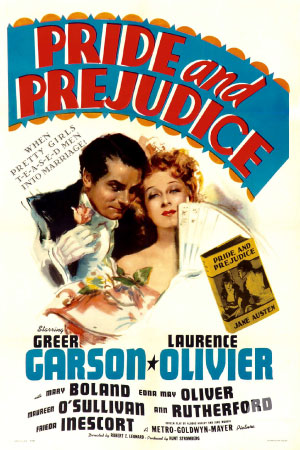

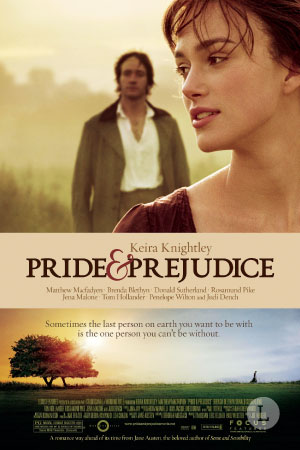
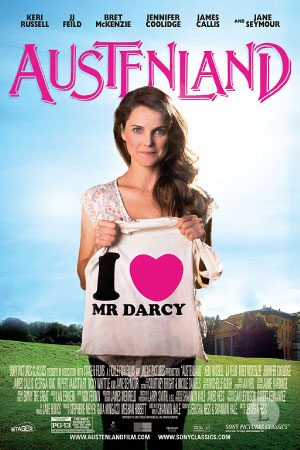
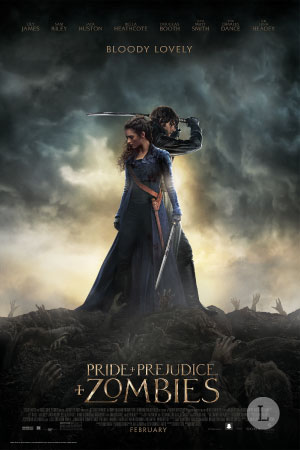
AT THE END
In conclusion, Pride and Prejudice is a timeless and enchanting novel that explores the complexities of love, marriage, and societal expectations in early 19th-century England. With its intricate plot, well-drawn characters, and exploration of enduring themes, the novel remains a beloved classic that continues to captivate and inspire readers more than two centuries after its publication.
ABOUT WRITER
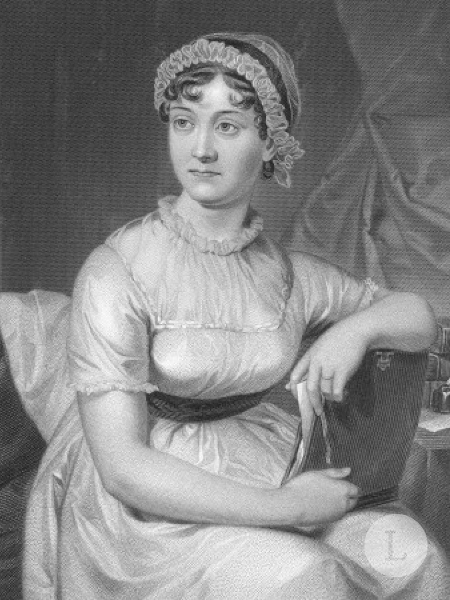
Jane Austen was a prolific and influential English novelist, who is best known for her six major novels. These novels are widely celebrated for their wit, social observation, and exploration of the human experience. Born in the small village of Steventon, Hampshire, Austen’s early life shaped her writing, providing a rich source of inspiration for her novels.

